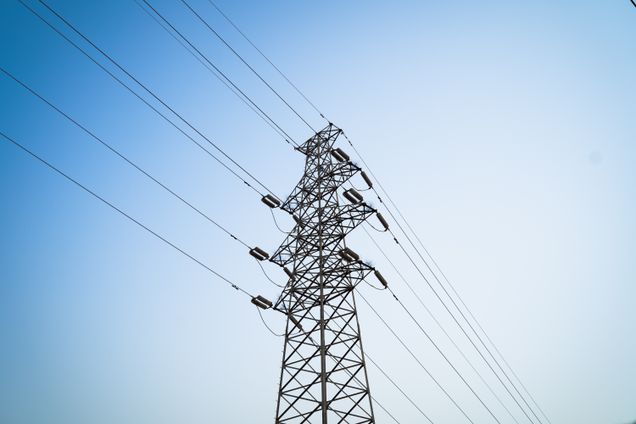The State and the Firm: China’s Energy Governance in Context

The rise of Chinese outward foreign direct investment (ODI) over the past decade has been rapid, increasingly significant and often perceived as linked to policy goals of the Chinese central government. However, much of China’s ODI has historically remained local, serving largely as a convenient channel to invest Chinese capital domestically. With regard to energy, China’s energy system remains nearly 85 percent self-sufficient. From an institutional perspective, the capacity of domestic regulatory institutions seeking to inform international energy investments remains significantly limited
A working paper by Edward A. Cunningham focuses primarily on the evolution of China’s domestic energy governance, the waves of centralization and decentralization that have characterized the relationship between industry and government, and the resulting structure of China’s energy industries.
The author emphasizes the importance of understanding both the fragmentation of the governance structure and mechanisms available to the Chinese state as well as the twin processes of ownership and investment diversification that have shaped the bulk of China’s natural energy market. This paper’s tracing of the evolution of China’s energy governance highlights the ways in which market-led means have been deployed to achieve state-led ends. The author also provides evidence that economic liberalization reform need not be incremental and is reversible. This domestic context provides a useful framework for further analysis of China’s energy and natural resource investments abroad.